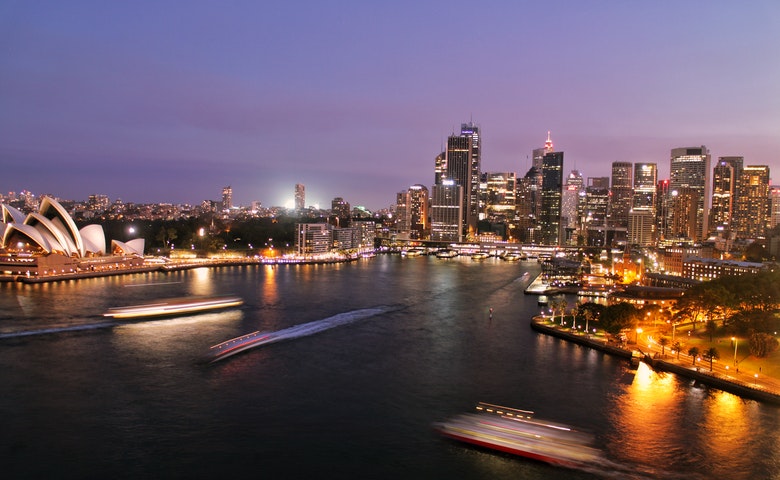Navigating the Seas of Marine Cargo Insurance: An Overview

Marine cargo insurance remains a critical safety net for businesses involved in global trade.
With origins tracing back centuries, this form of insurance has evolved to protect against myriad maritime risks, from piracy to natural calamities.
The vast oceans and unpredictable waters bring forth challenges; goods can be lost or damaged, leading to significant financial repercussions.
There are various types of marine cargo insurance, such as open cover and specific cargo policies, each tailored for different needs.
But how does one decide the best fit? Factors like the nature of goods, their value, and the destination play roles in determining premiums.
Moreover, with advancements in technology, marine insurance is undergoing changes.
The importance of understanding and choosing the right policy has never been more paramount.
Historical Context of Marine Cargo Insurance
Marine cargo insurance, one of the oldest types of insurance, has been the backbone of international trade for centuries.
Ancient civilizations, including the Babylonians and Phoenicians, used basic forms of marine insurance to protect their sea-bound goods.
Contracts resembling insurance policies, known as “bottomry,” were employed wherein merchants borrowed money and agreed to repay with interest upon a voyage’s safe completion.
The growth of international commerce during the Renaissance further cemented the role of marine insurance.
Lloyds of London, established in the late 17th century, became a cornerstone for marine insurance, setting standards and introducing formalized policies.
Over time, as risks evolved with the advent of steamships and modern navigation tools, policies adapted.
Today, marine cargo insurance covers a plethora of risks, ensuring that the legacy of ancient traders lives on, safeguarding global trade routes and the cargo that traverses them.
Why Marine Cargo Insurance?
Marine transport presents a myriad of challenges, from natural forces to human errors. Delving deeper, we uncover specific threats:
- Natural disasters like hurricanes and tsunamis.
- Common storms damaging cargo vessels.
- Rough seas causing damage to goods.
- Piracy threats in certain sea routes.
- Stolen or damaged goods due to human interference.
- Errors in navigation.
- Mechanical failures causing mishaps.
- Goods delayed in customs.
- Potential spoilage of perishable items.
- Massive losses from uninsured shipments.
- Significant setbacks for businesses, particularly smaller ones.
Marine cargo insurance offers peace of mind in this unpredictable venture, ensuring that businesses are financially protected against a multitude of maritime risks.
It’s not just about protecting goods; it’s about safeguarding the very essence of global commerce.
Types of Marine Cargo Insurance
Open Cover vs. Specific Cargo Policies:
Marine insurance can be broadly categorized into two types based on the coverage duration.
An open cover policy is a blanket coverage that protects all shipments made during a specific period, making it ideal for businesses with regular shipments.
On the other hand, specific cargo policies are designed for individual shipments, providing flexibility and tailored coverage for each consignment.
All-Risk vs. Named Perils Policies:
All-risk policies offer comprehensive protection, covering a wide range of risks unless explicitly excluded in the policy.
This makes them a preferred choice for many businesses seeking extensive coverage.
In contrast, named perils policies only cover specific risks listed in the policy, such as fire, theft, or collision, offering a more limited scope of protection.
Time Policies vs. Voyage Policies:
Time policies cover cargo for a specific duration, regardless of the number of voyages undertaken.
This is suitable for businesses operating in regions with seasonal trade.
Voyage policies, as the name suggests, offer coverage for a specific journey from the point of origin to the destination. This type is ideal for infrequent or one-off shipments.
By understanding the differences between these types of marine cargo insurance, businesses can make informed decisions, ensuring their goods are adequately protected during transit, catering to their specific shipping needs and risk profiles.
Key Components of a Marine Cargo Insurance Policy
Insured Parties and Insurable Interest:
- The parties covered under the policy, such as shipper, consignee, or lending institution.
- The interest or stake a party has in the insured goods, ensuring they stand to suffer a loss if damage occurs.
Scope of Coverage:
- Specifics on what the policy covers, like door-to-door or port-to-port.
- Details on whether in-transit storage or multiple modes of transport are included.
Exclusions and Limitations:
- Specific scenarios or risks that the policy won’t cover.
- Any caps or limits on the claim amount, often based on the value of the goods or a set policy maximum.
Claim Process and Requirements:
- Steps to file a claim in case of damage or loss.
- Documentation required, such as a bill of lading, proof of damage, or survey reports.
- Timeframes for reporting a loss and any other relevant conditions.
By familiarizing themselves with these key components, policyholders can ensure they fully understand their protection and responsibilities, leading to a smoother claims process and optimized coverage.
Cost Determinants in Marine Cargo Insurance
The cost of marine cargo insurance is influenced by several factors.
- The nature of goods plays a pivotal role; perishable or fragile items typically attract higher premiums.
- The insured value of the cargo also impacts the cost; higher-valued goods result in higher premiums.
- The destination matters too, with riskier routes or conflict zones raising the cost.
- The type of vessel, whether it’s a modern ship with advanced safety features or an older model, can sway the premium.
- The packing method—whether goods are securely packed in containers or exposed—can affect the insurance cost.
Understanding these determinants helps businesses budget effectively.
Choosing the Right Marine Cargo Insurance
In the vast sea of marine cargo insurance providers, making an informed choice is crucial.
Start by evaluating potential insurers based on their industry reputation, past client reviews, and financial stability.
Experience matters; providers with a track record in handling maritime claims can offer insights and better handle complex situations.
Once you’ve shortlisted providers, delve into their policy offerings.
Understand the scope of coverage, exclusions, and any additional benefits they might provide. Equally vital is assessing their claim settlement process for efficiency and responsiveness.
However, the cornerstone of making an informed decision lies in meticulously reading and understanding policy terms and conditions.
This step cannot be stressed enough. It’s in the finer print that certain exclusions or clauses might reside, which could profoundly affect claims or coverage.
In essence, research, thorough understanding, and due diligence are the keys to choosing an insurance provider that aligns with your shipping and financial needs.
Conclusion
In the dynamic world of marine trade, safeguarding cargo against potential risks is imperative.
Choosing the right marine cargo insurance ensures that businesses are not only protected from financial setbacks but also equipped to navigate the intricate waters of global commerce.
As with any pivotal business decision, due diligence, research, and a thorough understanding of terms are paramount.
By selecting an insurance provider with expertise, transparency, and a client-centric approach, businesses can fortify their operations against unforeseen challenges, ensuring smooth sailing in both calm and turbulent times.
The right insurance is not just about protection; it’s about empowering global trade.














